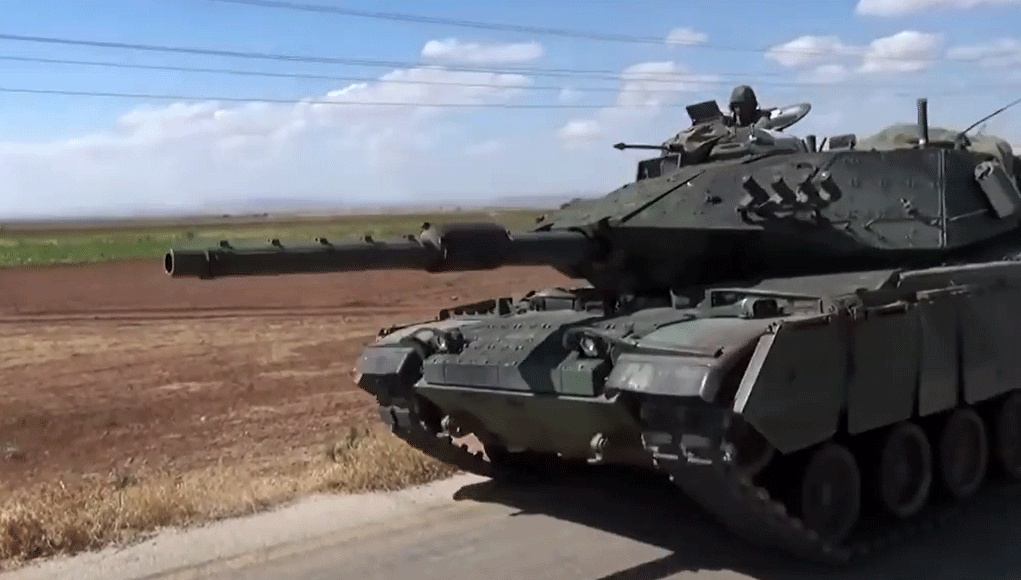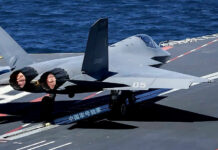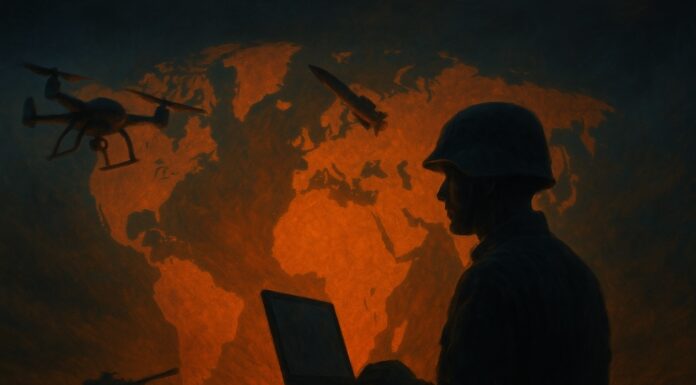In the 1960s the M-60 series Patton tank was the main battle tank (MBT) of the US Army and Marine Corps. Mounting the powerful M68 105mm gun, and protected with heavier steel armor, in the 1960s the M-60 represented the most advanced tank of its generation, a combat vehicle that could face the most sophisticated Soviet tank of its time – T-55. In all, over 15,000 tanks of these models were built and supplied to 24 countries in addition to the U.S. Today, almost half that number are still operational, particularly with third world countries. While the M-60 was tested in battle since 1973, it was used in combat mainly by the Israelis, and, therefore, the combat lessons learned about its vulnerabilities and advantages were not disseminated to Arab M-60 operators.
The largest fleets of M-60 are in Egypt, and Saudi Arabia, where the M-60 is used alongside the M-1A1. these tanks are maintained in the original configuration, as they were produced in the 1970s.
In the recent years, these old warhorses are heavily used in combat operations, in Yemen and Sinai, where they face irregular but heavily equipped opposition (Iranian equipped Houthis in Yemen, ISIS in Sinai), where they displayed questionable performance.
Both Egypt and Saudi Arabia have suffered significant losses to anti-tank weapons (RPGs, ATGM etc). Turkey has also operated M-60, part of these were modernized M-60T that received major Israeli designed upgrades. These tanks have seen extensive combat service in the Syrian front recently, and seem to have fared much better than the Turkish Leopard 2A4 tanks. These 170 tanks were the first batch of upgraded M-60T tanks. An option for the supply of a second batch, that would have received much-improved armor and active protection and enhanced fire controls were not exercised by the Turks as diplomatic relations between Ankara and Jerusalem drifted apart. However, the modernization package developed by IMI for the M-60 is still available, as a whole or parts, to support other M-60 operators.
Other operators of the type include Greece, Taiwan, Thailand, Jordan, Morocco, Oman, Brazil and Bahrain, the later consider upgrading its fleet of 180 such tanks. Iran also maintains a fleet of about 150 of these tanks, some are cannibalized with Russian parts into Zulfikar, locally built tank based on the M60 drivetrain and suspension mated with a new turret mounting the Russian 2A46 125mm gun.
Both M-60 and its archrival, the Russian T-55 are considered obsolete but both are still used by many armed forces. While the M-60 continue to serve and fight, the tank must be modernized if to survive and continue to be in service. Among the upgrades recommended for the M-60 series (both A1 and A3) are enhancements in firepower, mobility, and survivability, plus the introduction of life support systems that are needed, particularly in the hot climate of the Middle East.
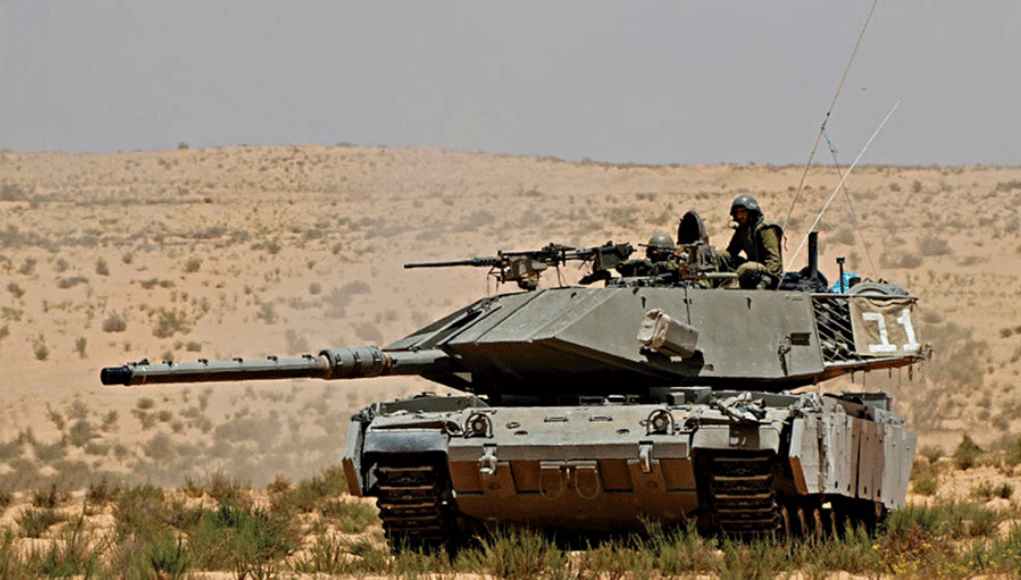
While the IDF retired its M60s, other operators in the Middle East still use the tanks, and many are implementing similar upgrades to their fleets. In 2002 Turkey adopted the Israeli Magach design, fielding the M-60T designed by IMI Israel. In recent years these tanks were used extensively in combat operations in Syria. In this model, the 105mm cannon was replaced with IMI’s MG251 120/44mm gun. This gun was specially designed to replace 105mm cannons and, therefore, is equipped with recoil mechanism that reduces the loads transferred to the turret. However, all these additions increase weight and the M-60T gained over 12 tons, necessitated the use of a more powerful 1,000 hp MTU engine and the associated RENK transmission.
The growing conflicts in the Middle East and the wide availability of M-60 type tanks (both A1 and A3) by military forces in the region attracts integrators like Raytheon, L-3 and most recently the Italian group of Leonardo to offer modernization packages for the tank providing military forces in Egypt, Saudi Arabia, Bahrain and Jordan with affordable solutions to bring more of their tanks to par with modern threats. Such upgrades address the original tank’s known vulnerabilities (armor and hydraulics), replacement of aging turret, gun and fire controls, and provisions of modern night vision optronics for the driver and tank commander.
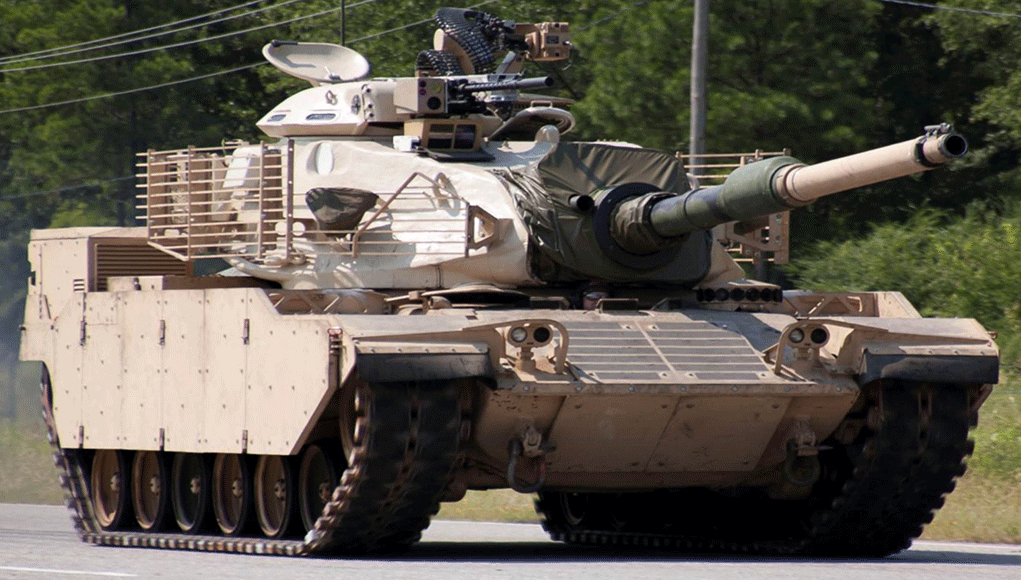
This package swaps the 105 gun with a 120mm, uprated the 750 hp AVDS-1790 engine to a 950hp level and introduce electrical turret drives and modern fire control enabling the crew to fire on the move. The driver’s night viewer used in the prototype offers the driver a panoramic view, which is part of the tank’s 360 viewing system, improving driving autonomy, safety, and security.
One of the important additions was the use of Curtiss-Wright’s Electric Gun Turret Drive Upgrade Kit. This fully electro-mechanical system replaces the older, less accurate hydraulic and hybrid-based turret stabilization systems. The new turret drive and stabilization system delivers finer control and significantly improved reliability, acceleration, and audio noise reduction by replacing the hydraulic lines with electrical, digitally-controlled electric actuators. This allows the tank turret to rotate faster and accurately fire while the tank is on the move and is also lighter and safer, as a result of the removal of flammable hydraulic fluids in the turret.
Back in the early 2000s General Dynamics Land Systems (GDLS) offered a comprehensive upgrade package for the M-60, based on an M-60/M-1 hybrid dubbed M-60/2000. This version competed for the M-60T program in Turkey, where they lost to IMI. A proposal for an upgrade was also discussed with Egypt but didn’t come through.
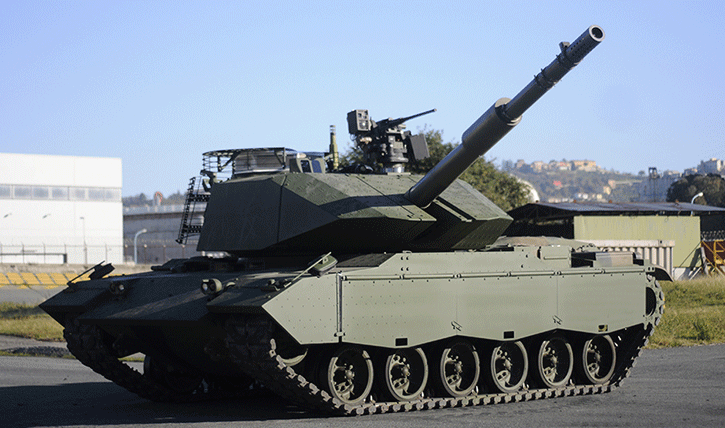

The 120/45 mm gun is a low recoil variant of the smooth bore 120mm, it fires the same rounds but offers the advantage of reduced weight and low recoil force that reduces the structural stress on the hull and, therefore, eliminates integration risks with heritage platforms. The system uses a hydraulic, recoil-counter-recoil mechanism with multi-baffle, high-efficiency muzzle brake to minimize the recoil force and prevent any excessive stress on the turret structure.
The fire control system, which integrates day and night optronics, together with a high level of ballistic protection and modern onboard equipment, increases the probability of detecting potential threats, and neutralizing them during a full day and night operations.
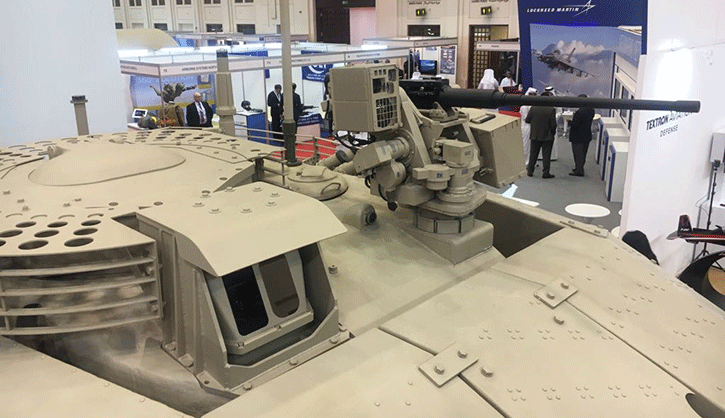
After a promising entry to the M-60 upgrading market in the 2000s, Israel’s role in this market diminished, as bilateral relations between Israel and Turkey deteriorated and, since the majority of M-60 operators are in markets inaccessible by Israel’s defense industries. However, many subsystems developed by Israeli companies, including armor protection, fire controls, night vision systems, threat warning systems, engine upgrades etc., are available for such programs.

